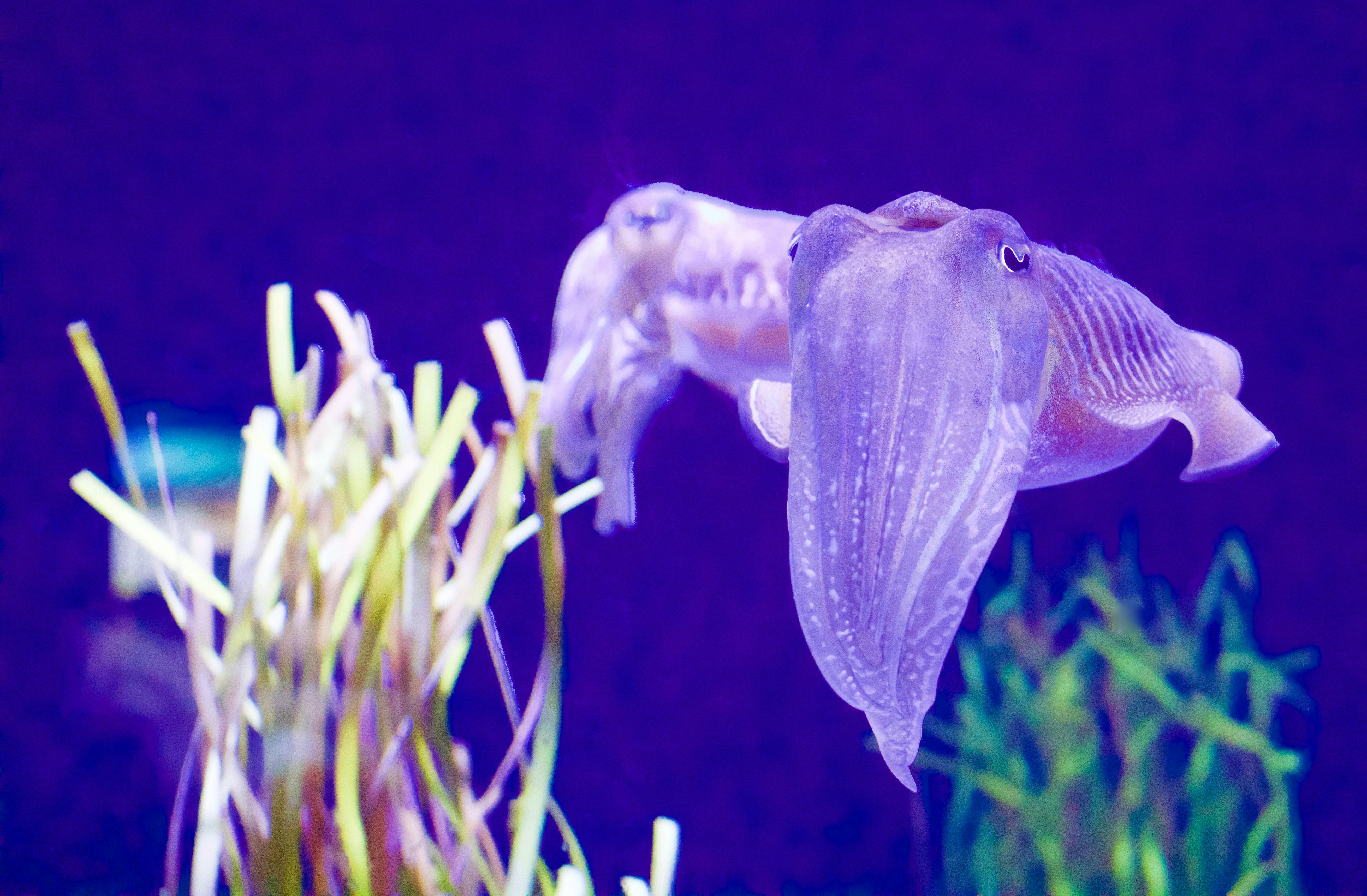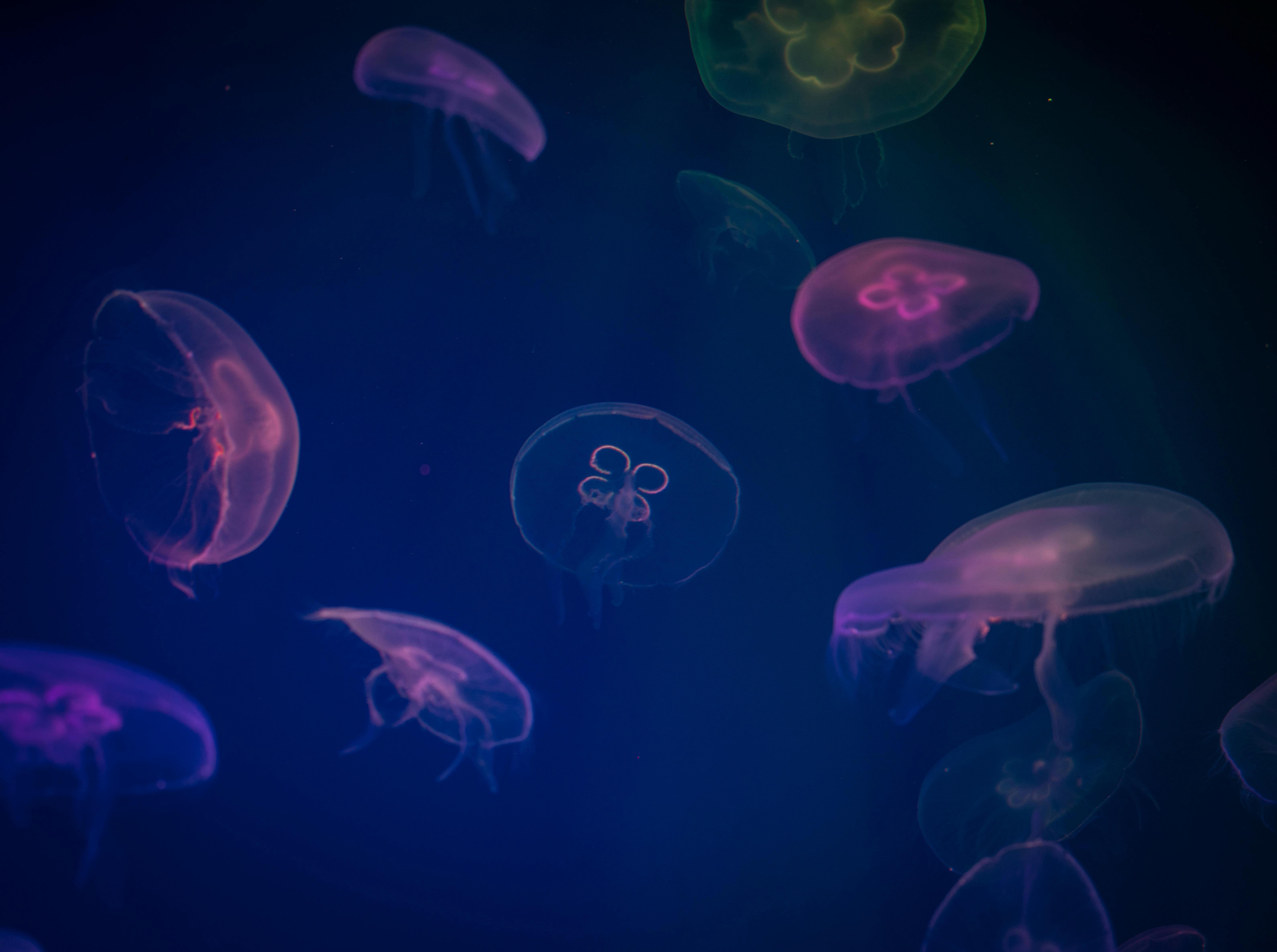
Essential Guide to Shrimp Fish Tank Optimization in 2025
Setting up a shrimp fish tank can be an exciting and rewarding experience, especially for aquarists who appreciate the vibrant colors and unique behaviors of shrimp. In recent years, the popularity of freshwater shrimp species has surged, as they not only serve as captivating pets but also help maintain a healthy aquarium ecosystem. This article aims to provide you with effective strategies for optimizing your shrimp aquarium setup, ensuring a thriving environment for your shrimp to flourish.
From understanding water parameters to selecting the ideal shrimp tank plants, we will cover essential aspects of shrimp aquarium maintenance, shrimp breeding tank requirements, and the best practices for choosing the right shrimp for aquariums. Additionally, we'll explore the importance of proper filtration, lighting, and accessories for maintaining a healthy shrimp habitat.
As you delve into this guide, you will discover practical tips and techniques that can help you establish and maintain a successful shrimp fish tank, contributing to the overall well-being of your aquatic companions.
How to Set Up an Ideal Shrimp Aquarium
Setting up a shrimp aquarium requires a thoughtful approach to creating an optimal environment for your shrimp. The first step is to choose the right tank size, as it significantly influences the overall stability of the aquatic ecosystem. A well-sized tank promotes healthy shrimp growth, minimizes stress, and ensures better water quality management.
Choosing the Right Tank Size
The optimal shrimp tank size varies depending on the shrimp species you plan to keep. For dwarf shrimp, like cherry shrimp and ghost shrimp, a tank of at least 10 gallons is recommended to provide ample swimming space and room for aquascaping. Bigger tanks help dilute toxins and improve water quality, which is crucial for maintaining shrimp health.
Tank Layout and Aquascaping Ideas
A well-designed tank layout not only enhances visual appeal but also creates necessary hiding spots and foraging areas for your shrimp. Incorporate plants, rocks, and driftwood to shape an inviting shrimp biotope. Best plants for shrimp tanks include Java moss, Anubias, and moss balls, which provide shelter and aid in biofilm formation.
Maintaining Optimal Water Conditions
Ensuring stable water conditions is essential for shrimp health. Regular water testing will help monitor pH levels, ammonia levels, and nitrate concentrations. Aim for a pH level of around 6.5 to 7.5, as extreme deviations can negatively impact shrimp well-being. Additionally, maintain the water temperature between 72°F to 78°F, which is ideal for most freshwater shrimp species.
Essential Shrimp Tank Equipment
Choosing the right shrimp tank equipment is vital for maintaining optimal conditions. The filtration system, heater, and substrate play critical roles in your shrimp tank setup.
Understanding Shrimp Tank Filtration Systems
A quality filtration system is crucial to ensuring a clean and stable environment for your shrimp. Select a filtration method that provides gentle water flow, as strong currents can stress out your shrimp. Sponge filters are highly recommended as they offer mechanical and biological filtration while avoiding excessive water movement.
Choosing the Right Substrate
The substrate is equally important, as it serves both aesthetic and functional purposes. Use fine substrates that allow beneficial bacteria to flourish while facilitating shrimp foraging. Soil substrates can provide essential nutrients for plants and contribute to the overall balance of the shrimp tank ecosystem.
Providing Adequate Shrimp Tank Lighting
Proper aquarium shrimp lighting plays a critical role in plant growth and overall tank health. When selecting lighting, ensure that it is suitable for the plants you choose, keeping in mind that too much light can promote algae growth, which can outcompete your tank's inhabitants. A light schedule of about 8-10 hours per day typically works best.
Maintaining Water Quality and Tank Health
Maintaining shrimp tank water quality involves regular maintenance, water changes, and monitoring parameters to ensure a stable environment.
Implementing Routine Water Changes
Regular water changes are essential for removing waste and maintaining stable parameters. For shrimp tanks, changing 10-20% of the water weekly is often sufficient. This process helps dilute harmful substances while ensuring the shrimp have access to fresh, clean water.
Testing Water Parameters Regularly
Utilizing water testing kits can help you track critical parameters such as ammonia, nitrite, nitrate, pH, and hardness. By monitoring these levels regularly, you'll be better equipped to resolve any water quality issues before they affect your shrimp.
Common Shrimp Tank Diseases and Prevention
Understanding shrimp health indicators allows for early detection of potential issues. Common diseases capably impacted by poor water conditions include shell rot and bacterial infections. Keeping a close eye on shrimp behavior, such as reduced activity or discoloration, can signal a health problem. Implementing preventive measures such as maintaining stable water levels and avoiding overcrowding will significantly lower the risk of disease outbreaks.

Best Practices for Shrimp Breeding Tanks
If you're interested in breeding shrimp, creating a dedicated breeding tank can significantly enhance your success. A breeding shrimp tank requires specific setup considerations to provide a conducive environment for shrimp reproduction.
Creating the Ideal Breeding Environment
Once you've chosen your breeding shrimp species, prioritize creating optimal conditions. Provide plenty of hiding spots and use fast-growing plants, as they can serve as both food sources and breeding grounds. Keep water parameters within the recommended ranges for the specific shrimp species.
Selective Breeding Techniques
When breeding shrimp, practicing selective breeding can result in improved and unique color patterns within shrimp populations. Pay close attention to the traits you wish to enhance and carefully choose mating pairs accordingly.
Best Foods for Shrimp Breeding
Feeding shrimp in breeding tanks requires high-quality shrimp food that promotes healthy growth and breeding success. A varied diet consisting of algae wafers, blanched vegetables, and specialized shrimp foods can provide the necessary nutrients for optimal health and reproduction.
Understanding Shrimp Compatibility and Mates
Choosing suitable shrimp tank mates is essential for ensuring a peaceful and prosperous shrimp aquarium environment.
Identifying Suitable Shrimp Tank Mates
When selecting shrimp tank mates, prioritize compatibility to minimize stress and aggression. Peaceful fish species, such as guppies or small tetra varieties, tend to coexist harmoniously with shrimp. Avoid larger or aggressive fish that may prey on shrimp.
Evaluating Tank Environment for Companions
The tank environment must be capable of supporting the needs of both shrimp and their companions. Ensure that the parameters align well with the chosen fish species to prevent adverse effects on tank inhabitants. Conducting regular compatibility checks is also advisable.
Challenges of Mixed Species Shrimp Tanks
While keeping different shrimp species together can be visually appealing, it may lead to hybridization or territorial disputes. Ensuring that sufficient space and hiding areas are available is crucial to avoiding conflicts and stressed shrimp.

Q&A Section
How do I cycle my shrimp tank?
Cycling a shrimp tank is essential to establishing beneficial bacteria for breaking down waste. Begin by adding ammonia (e.g., from fish food) to the tank to initiate the nitrogen cycle. Monitor ammonia and nitrite levels, and wait until both reach zero to confirm that your tank is cycled.
What shrimp species are best for beginners?
Cherry shrimp, ghost shrimp, and Amano shrimp are excellent choices for beginners due to their hardiness and ease of care. They can adapt to various water conditions and are generally peaceful, making them suitable for community tanks.
How often should I feed my shrimp?
Feed your shrimp small amounts of high-quality shrimp food a couple of times a week. Avoid overfeeding, as excess food can pollute your tank and lead to poor water quality.
What should I do if my shrimp stop eating?
If your shrimp stop eating, check for water quality issues, as poor conditions could stress them. Gradually adjust parameters if necessary and change a portion of the water to provide a healthier environment.
Are there any plants that should be avoided in shrimp tanks?
Avoid plants treated with pesticides, as these chemicals can harm shrimp. Additionally, aggressive plants like hornwort can outcompete the shrimp for space and resources.